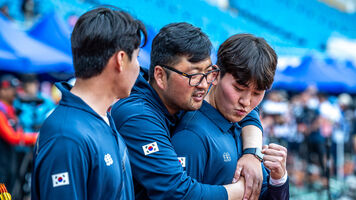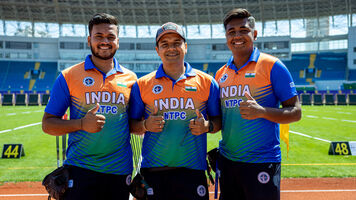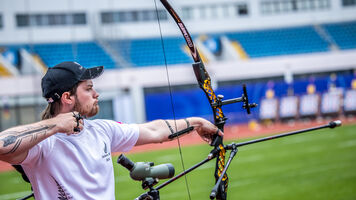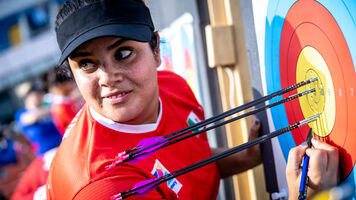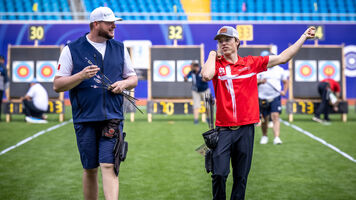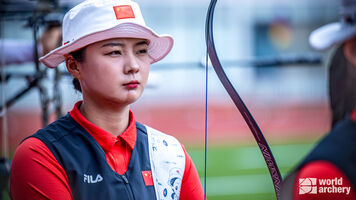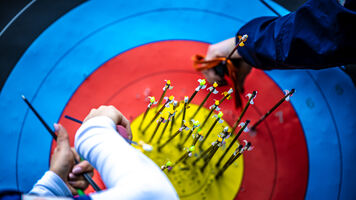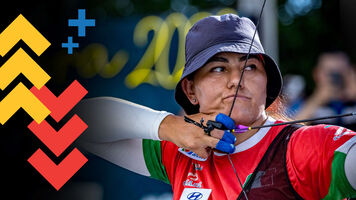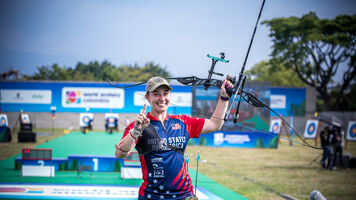This content is archived and as has not been processed. It may contain unformatted text or images, broken links or out-of-date information.
Archive
Para-Archery
Lausanne
Para-Archery
Archery is a test of accuracy, strength and concentration. The sport is open to athletes with a physical disability (including spinal cord injury, cerebral palsy, amputee…) in three functional classes (Open, Standing, and Wheelchair). It comprises of individual and team events, standing and wheelchair competitions, as well as events for visual impaired. Competitors shoot at a target marked with ten scoring zones, from a set distance.
The governing body is World Archery (WA), in relation with the International Paralympic Committee (IPC). Para-archery competitions follow the WA Rules (see Book 3, Article 21). Presently 54 countries compete but the number is still growing.
As a Paralympic sport, archery was originally a means of rehabilitation and recreation for people with a physical disability. The first archery competitions for people with a disability were held during the first International Games for the Disabled in Stoke Mandeville, England, in 1948, with the participation of 130 athletes from two countries. In 1960, archery was introduced to the world as a Paralympic sport during the Games in Rome. Since then, archery has always been included in the Paralympic Games competition programme.

